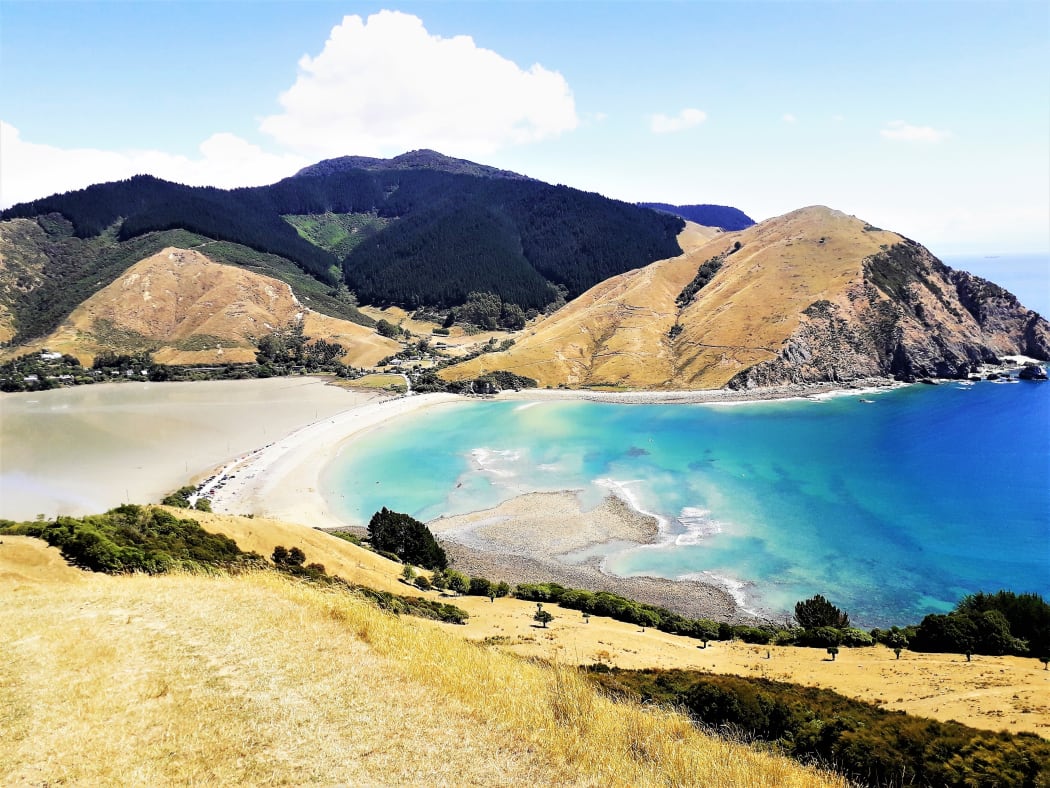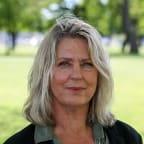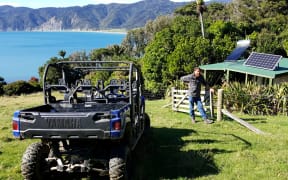A private island north of Nelson city has gone on the market for $16 million.

The view of Cable Bay from Pepin Island. Photo: RNZ / Tracy Neal
The listing agent said it had received interest from overseas and from within New Zealand, within days of going on the market last week.
John Bampfylde of Sotheby's in Nelson declined to say why it was on the market, but said it was rare globally for its size and proximity to a town.
"It's a niche proposition and we've had some gentle interest. We've had a couple [of inquiries] from overseas and some mild interest from within New Zealand."
Mr Bampfylde said an overseas buyer would need overseas investment office approval to buy the island.
Pepin Island was bought by German businesswoman Viola von Hohenzollern (nee Hallman) in 1996 for $2 million.
The Overseas Investment Commission approved the island's sale to the German steel magnate on the basis that she would develop three luxury tourist bungalows there.
Dr von Hohenzollern told the commission at the time the tourism venture was intended to complement a working farm on the island, as the land was marginally economic for farming.
The commission began investigating several years later after questions were raised by members of the public as to why the venture had not happened, and was told the tourism venture had not been deemed feasible because of the resource consent process.
Instead, some existing buildings on the island had been upgraded, and were rented out to tourists.
Three small eco-tourism chalets have been built on the island in recent years.
Dr von Hohenzollern died in 2012, and the 1200 acre island was inherited by her daughter, Olivia Hallman.
The business is registered as Pepin Island Sheep Station and Resort Limited, and is operated as a working farm and eco-tourism farmstay.
Pepin Island was named by the French explorer Jules Dumont d'Urville after his wife Adele Pepin when he visited the region in 1827, and is connected to the mainland at Cable Bay by a naturally formed causeway.
It is also a popular place for sea kayaking, fishing and snorkelling outside the nearby Horoirangi Marine Reserve.



